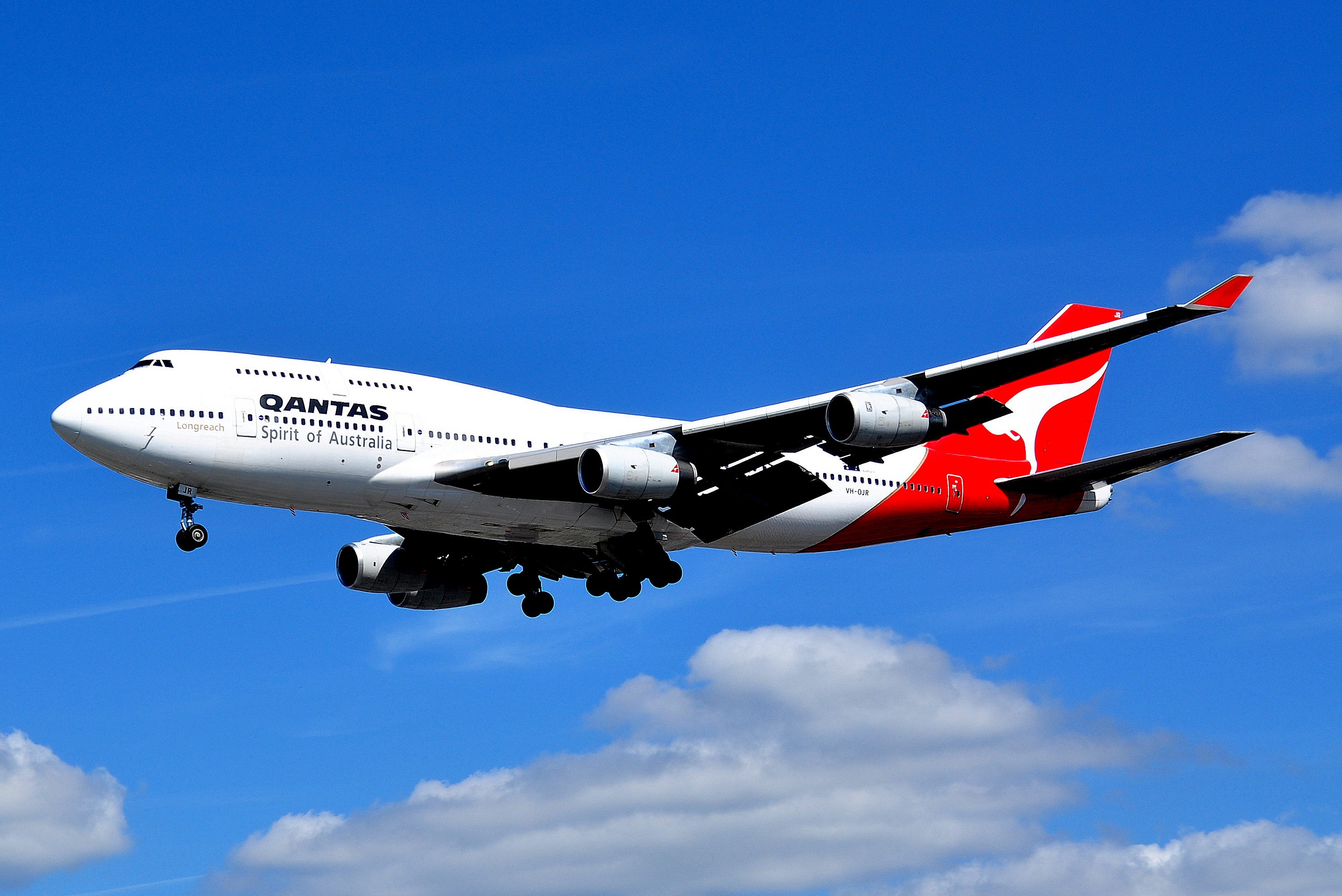Farewell to a Legend: The Boeing 747’s Last Chapter in Passenger Aviation

Few aircraft have defined an era like the Boeing 747. Nicknamed the Queen of the Skies, the 747 not only transformed long-haul air travel but also became a platform for testing the future of aviation. In 2025, Rolls-Royce retired its iconic 747-200 Flying Test Bed (FTB), closing a remarkable chapter in aviation innovation. At the same time, airlines around the world are finally saying goodbye to passenger 747s after more than 50 years of service.
The Rolls-Royce Flying Test Bed
Since 2005, Rolls-Royce’s specially modified 747-200 (registration N787RR) served as a unique flying laboratory, able to carry five engines at once. It supported the development of landmark engines such as the Trent 1000 and the Pearl 10X.
In 2021, the FTB made history by flying a Trent 1000 engine powered entirely by 100% Sustainable Aviation Fuel (SAF). The three-hour 54-minute flight from Tucson, Arizona, over Texas and New Mexico proved that next-generation engines can operate without fossil jet fuel. This work was a key milestone that helped enable Virgin Atlantic’s first transatlantic flight on 100% SAF in 2023.
More recently, the aircraft supported Rolls-Royce’s Advanced Low Emissions Combustion System (ALECSys), directly feeding into the development of the future UltraFan engine family. With more than 2,000 hours of flight testing, N787RR was truly a workhorse of innovation.
An Icon of Passenger Travel
Beyond its role as a test platform, the 747 was loved by travellers across the globe. From its distinctive humpbacked upper deck to its ability to carry over 400 passengers across oceans, the 747 symbolised long-haul travel from the 1970s through the 2000s. For many, stepping onto a Jumbo Jet meant adventure, glamour, and the thrill of heading somewhere far away.
Airlines such as Pan Am, British Airways, Virgin Atlantic, Lufthansa, and Qantas made the 747 their flagship. Virgin Atlantic, in particular, flew more than 30 different 747s over 36 years. Enthusiasts still recall iconic aircraft like G-VIRG “Maiden Voyager”, the very first Virgin jumbo, and G-VFAB “Lady Penelope”, the first 747-400 in the fleet, which once flew in formation with the Red Arrows.
Passengers loved the upstairs “bubble” lounge, spiral staircases, and sheer size of the aircraft. For cabin crew and engineers, the 747 represented both a challenge and a privilege — a machine that inspired respect, affection, and countless memories.
Where You Can Still Fly a 747
While most airlines have retired their fleets, a few passenger 747 routes remain in service today. Carriers like Lufthansa, Korean Air, and Air China continue to operate the latest 747-8 variant on select long-haul routes.
- Lufthansa: Frankfurt to New York (JFK), Los Angeles, and Hong Kong
- Korean Air: Seoul Incheon to Los Angeles and Tokyo
- Air China: Beijing to New York and Frankfurt
You can find an up-to-date list of active 747 passenger flights on Airport Spotting’s 747 routes page .
Want to book one of the last journeys aboard the Queen of the Skies? Use our flight search tool to check availability and prices.
The End of an Era
With new aircraft such as the Boeing 787 Dreamliner and Airbus A350 now leading the way in efficiency and sustainability, the 747’s retirement feels bittersweet. Yet its legacy — from transforming global travel to pioneering sustainable engine testing — will endure for decades.
The last take-offs of the Boeing 747 mark not just the end of an aircraft type, but the closing of a chapter in aviation history. For travellers, crews, and engineers alike, it will always be remembered as the Queen of the Skies.
